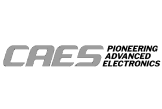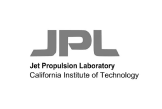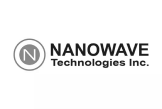
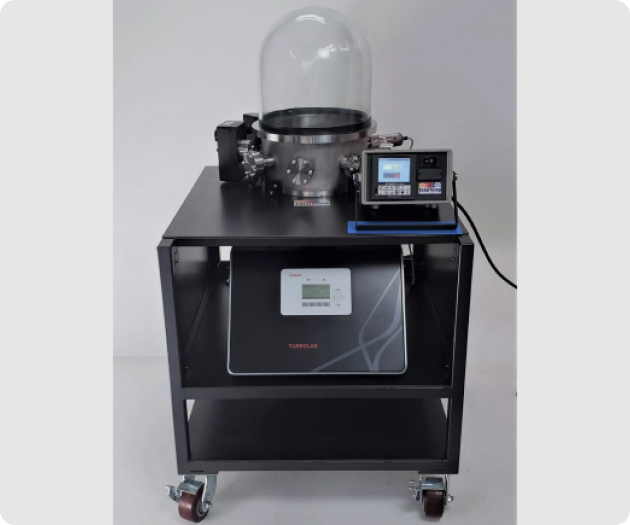
The efficient advantages of thermal platforms are a natural for conductive heat transfer in high vacuum applications. With all the new hardware going into space, where service calls are rare, thermal vacuum testing is an important part of testing high altitude and satellite equipment.
Affordable and configurable for your application. Simultaneous high vacuum and thermal testing without renting time at a test lab. Thermal platforms to fit your vacuum chamber or fully turn-key systems. Platform shown inside bell jar is 6.5” x 7.5”, other sizes and different bell jars available.
Aerospace environmental testing in a thermal vacuum chamber allows for the exposing and weeding out potential problems due to extreme temperature and atmospheric pressure changes as experienced in space. With equipment destined for space, the stakes are much higher with the cost of a launch, chances of a failure could be catastrophic plus service calls in space have historically been very costly. The game of basic thermal testing in space is a little different than testing for land-based systems, mainly because the lack of heat transfer by air. The intentional and unintentional transfer of heat by convection makes a big difference from what could be common sense solution in an environment with air.
Outgassing of many materials would be another consideration that is not such a big deal on Earth but requires careful planning for items going into space. Making sure that components headed for space are going to perform as planned typically involves simulating the environment as it is expected to be experienced in space or low Earth orbit. Standards for testing have been developed making success more predictable. Standards such as:
Prior to integration into larger systems, components and subsystems can be tested far more effectively in a smaller, portable thermal vacuum chamber. Typically, larger thermal vacuum systems are only affordable by large institutions and time using them can be scheduled and rented as needed. Not only is a small portable thermal vacuum system a more affordable option but the ability to have the capability on hand as required can be a big deal. A small thermal vacuum chamber will reach vacuum level and temperature much more quickly than a large chamber and pay for itself in efficiency, convenience, and accessibility.
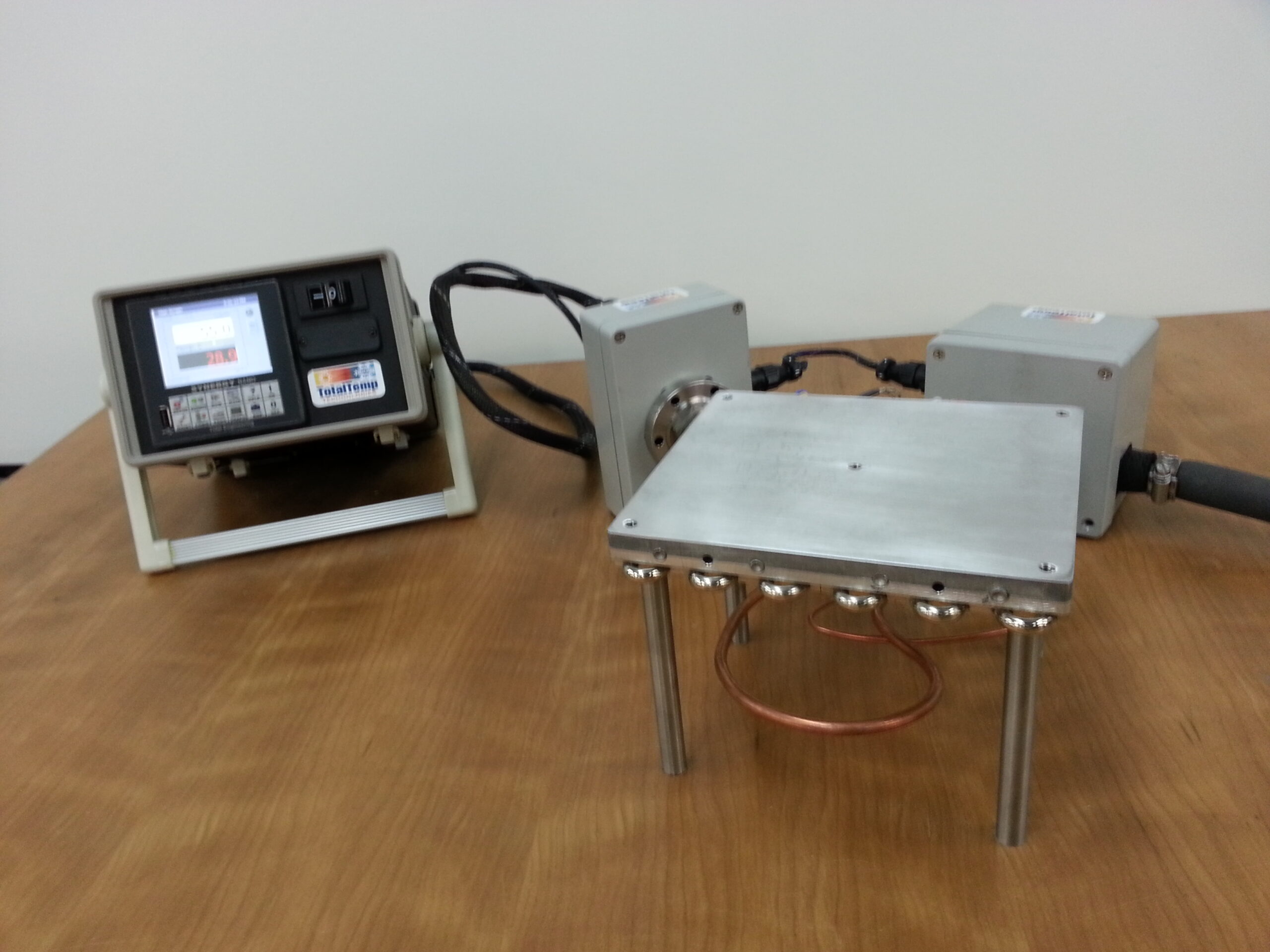
The TotalTemp Platform can be integrated into an existing vacuum chamber, as is shown in the picture above, or we can provide a complete turnkey system to solve your space simulation or other thermal vacuum challenges.
